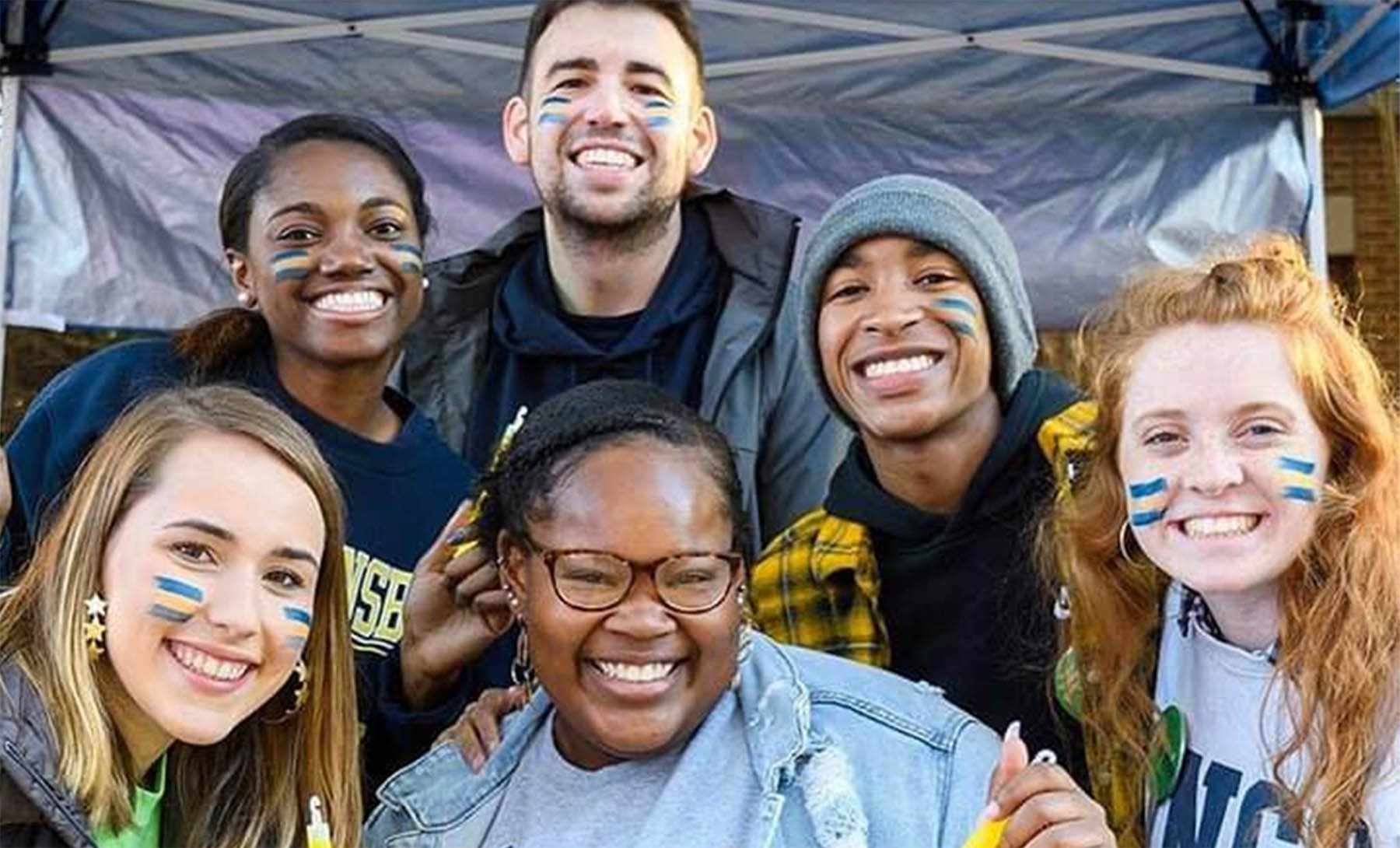This study examines how first-generation, poor, and working-class college students make meaning of and perceive diversity. The authors explore how students connect their lived experience to the conceptualization of diversity within higher education. Using the photovoice method, students collected visual data and provided narrative texts around the concept of diversity. Three themes emerged: harmony, diversity as belonging, and critical multiculturalism. This study deepens our understanding of how identity influences perceptions of diversity and the intersectionality of the first-generation identity. Intersectional theory served as a theoretical lens through which to examine perceptions of diversity within the context of complex heterogeneous identities of first-generation students.
Explorescholarly articles
From This Angle: First-Generation College Students and Photovoice as Meaning Making of Diversity of Campus
Related Stories

Data, Assessment, & Evaluation
Staff Perceptions of First-in-Family Students in Higher Education: A Case Study of a Belgian College

Access and Persistence
“I Wasn’t Supposed to Be There”: Examining the Experiences of First-Generation Women of Color in Undergraduate STEM Majors

Data, Assessment, & Evaluation
